Leonard's Bakery
- Kenny Rogers Roasters
- KFC
- Kobe Ichiban
- Koo Koo Roo
- Krispy Kreme
- Lazy Dog
- Legal Sea Foods
- Leonard's Bakery
- Little Caesar's
- Lone Star Steakhouse
- Long John Silver's
- LongHorn
- Lucille’s Smokehouse Bar-B-Que
- McDonald's
- Maggiano's
- Maid-Rite
- Margaritaville
- Marie Callender's
- Mastro's
- Max & Erma's
- Melting Pot
- Mimi's Cafe
- Old Spaghetti Factory
- Olive Garden
- On the Border
- Orange Julius
- Original Pancake House
- Original Tommy's
- Outback Steakhouse




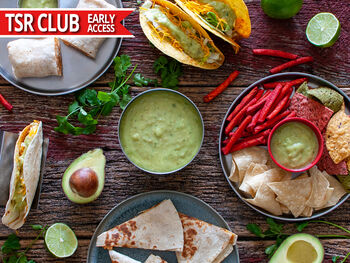
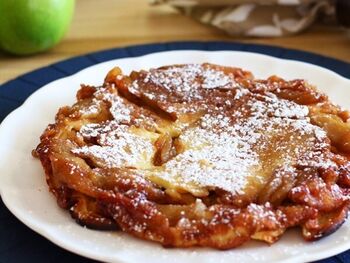
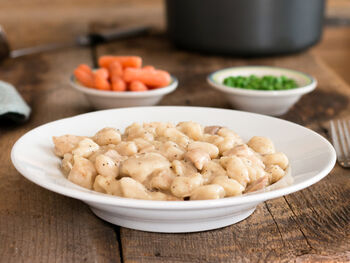
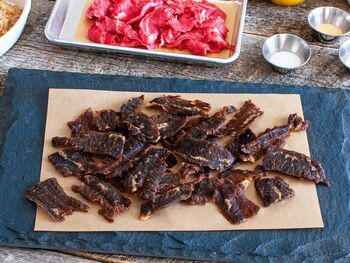
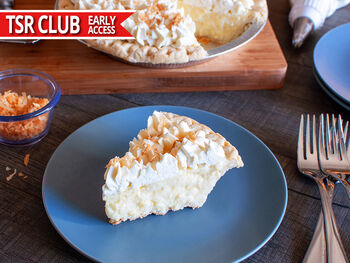
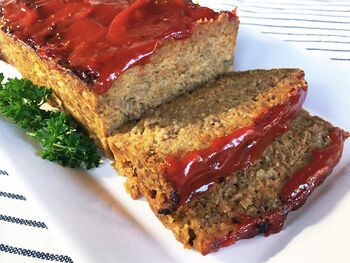
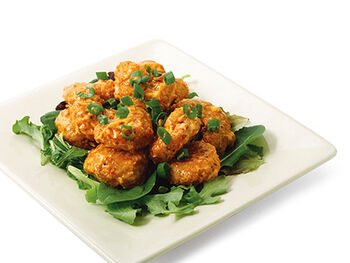
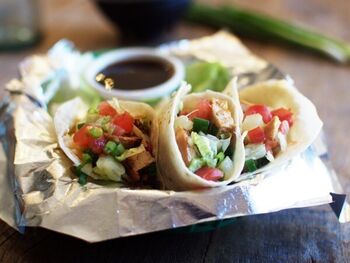
.png)


